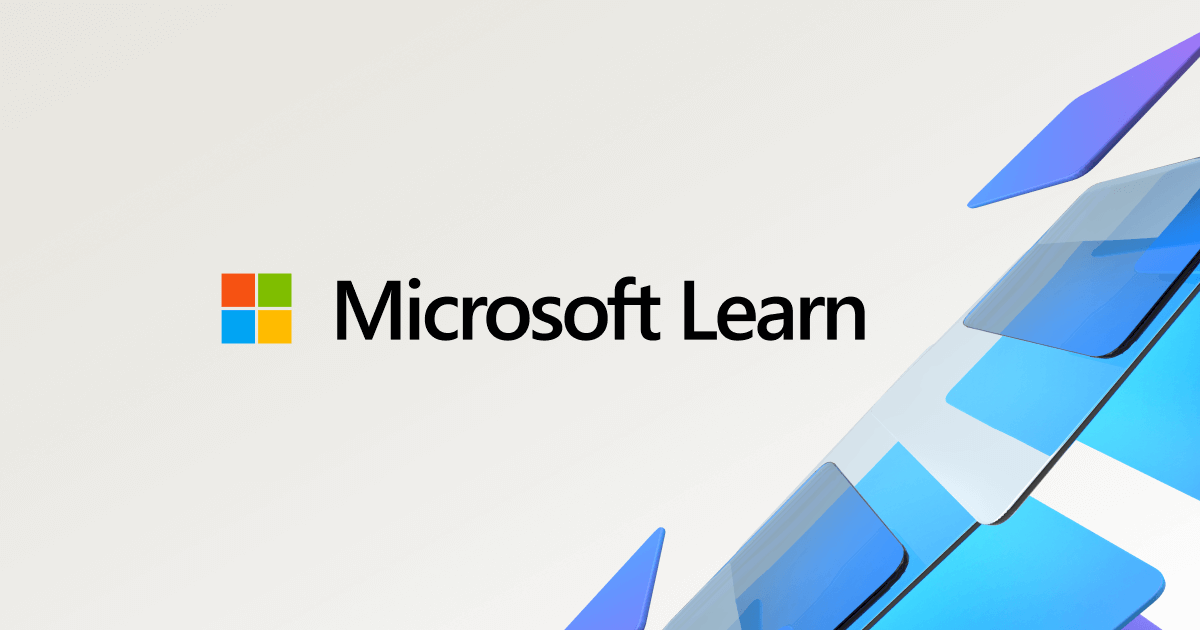
docs.microsoft.com/en-us/powershell/module/exchange/add-rolegroupmember
Preview meta tags from the docs.microsoft.com website.
Linked Hostnames
7- 5 links todocs.microsoft.com
- 5 links tolearn.microsoft.com
- 4 links togo.microsoft.com
- 1 link toaka.ms
- 1 link togithub.com
- 1 link totechcommunity.microsoft.com
- 1 link towww.microsoft.com
Thumbnail

Search Engine Appearance
Add-RoleGroupMember (ExchangePowerShell)
When you add a member to a role group, the member is given the effective permissions provided by the management roles assigned to the role group. If the ManagedBy property is populated with role group managers, the user adding a role group member must be a role group manager. Alternately, if the user is a member of the Organization Management role group or is directly or indirectly assigned the Role Management role, the BypassSecurityGroupManagerCheck switch can be used to override the security group management check. In on-premises Exchange, if the role group is a linked role group, you can't use the Add-RoleGroupMember cmdlet to add members to the role group. Instead, you need to add members to the foreign universal security group (USG) that's linked to the linked role group. To find the foreign USG that's linked to a role group, use the Get-RoleGroup cmdlet. For more information about role groups, see Understanding management role groups. You need to be assigned permissions before you can run this cmdlet. Although this article lists all parameters for the cmdlet, you might not have access to some parameters if they aren't included in the permissions assigned to you. To find the permissions required to run any cmdlet or parameter in your organization, see Find the permissions required to run any Exchange cmdlet.
Bing
Add-RoleGroupMember (ExchangePowerShell)
When you add a member to a role group, the member is given the effective permissions provided by the management roles assigned to the role group. If the ManagedBy property is populated with role group managers, the user adding a role group member must be a role group manager. Alternately, if the user is a member of the Organization Management role group or is directly or indirectly assigned the Role Management role, the BypassSecurityGroupManagerCheck switch can be used to override the security group management check. In on-premises Exchange, if the role group is a linked role group, you can't use the Add-RoleGroupMember cmdlet to add members to the role group. Instead, you need to add members to the foreign universal security group (USG) that's linked to the linked role group. To find the foreign USG that's linked to a role group, use the Get-RoleGroup cmdlet. For more information about role groups, see Understanding management role groups. You need to be assigned permissions before you can run this cmdlet. Although this article lists all parameters for the cmdlet, you might not have access to some parameters if they aren't included in the permissions assigned to you. To find the permissions required to run any cmdlet or parameter in your organization, see Find the permissions required to run any Exchange cmdlet.
DuckDuckGo
Add-RoleGroupMember (ExchangePowerShell)
When you add a member to a role group, the member is given the effective permissions provided by the management roles assigned to the role group. If the ManagedBy property is populated with role group managers, the user adding a role group member must be a role group manager. Alternately, if the user is a member of the Organization Management role group or is directly or indirectly assigned the Role Management role, the BypassSecurityGroupManagerCheck switch can be used to override the security group management check. In on-premises Exchange, if the role group is a linked role group, you can't use the Add-RoleGroupMember cmdlet to add members to the role group. Instead, you need to add members to the foreign universal security group (USG) that's linked to the linked role group. To find the foreign USG that's linked to a role group, use the Get-RoleGroup cmdlet. For more information about role groups, see Understanding management role groups. You need to be assigned permissions before you can run this cmdlet. Although this article lists all parameters for the cmdlet, you might not have access to some parameters if they aren't included in the permissions assigned to you. To find the permissions required to run any cmdlet or parameter in your organization, see Find the permissions required to run any Exchange cmdlet.
General Meta Tags
54- titleAdd-RoleGroupMember (ExchangePowerShell) | Microsoft Learn
- charsetutf-8
- viewportwidth=device-width, initial-scale=1.0
- color-schemelight dark
- descriptionWhen you add a member to a role group, the member is given the effective permissions provided by the management roles assigned to the role group. If the ManagedBy property is populated with role group managers, the user adding a role group member must be a role group manager. Alternately, if the user is a member of the Organization Management role group or is directly or indirectly assigned the Role Management role, the BypassSecurityGroupManagerCheck switch can be used to override the security group management check. In on-premises Exchange, if the role group is a linked role group, you can't use the Add-RoleGroupMember cmdlet to add members to the role group. Instead, you need to add members to the foreign universal security group (USG) that's linked to the linked role group. To find the foreign USG that's linked to a role group, use the Get-RoleGroup cmdlet. For more information about role groups, see Understanding management role groups. You need to be assigned permissions before you can run this cmdlet. Although this article lists all parameters for the cmdlet, you might not have access to some parameters if they aren't included in the permissions assigned to you. To find the permissions required to run any cmdlet or parameter in your organization, see Find the permissions required to run any Exchange cmdlet.
Open Graph Meta Tags
6- og:typewebsite
- og:image:altMicrosoft Learn
- og:imagehttps://learn.microsoft.com/en-us/media/open-graph-image.png
- og:titleAdd-RoleGroupMember (ExchangePowerShell)
- og:urlhttps://learn.microsoft.com/en-us/powershell/module/exchangepowershell/add-rolegroupmember?view=exchange-ps
Twitter Meta Tags
2- twitter:cardsummary_large_image
- twitter:site@MicrosoftLearn
Link Tags
6- canonicalhttps://learn.microsoft.com/en-us/powershell/module/exchangepowershell/add-rolegroupmember?view=exchange-ps
- dns-prefetch//target.microsoft.com
- dns-prefetch//microsoftmscompoc.tt.omtrdc.net
- preconnect//mscom.demdex.net
- preload/static/third-party/adobe-target/at-js/2.9.0/at.js
Links
18- https://aka.ms/yourcaliforniaprivacychoices
- https://docs.microsoft.com/en-us/exchange/understanding-management-role-groups-exchange-2013-help
- https://docs.microsoft.com/en-us/exchange/whatif-confirm-and-validateonly-switches-exchange-2013-help
- https://docs.microsoft.com/en-us/powershell/exchange/exchange-cmdlet-syntax
- https://docs.microsoft.com/en-us/powershell/exchange/find-exchange-cmdlet-permissions